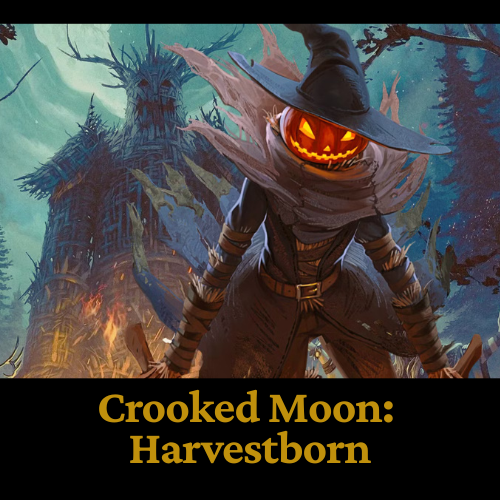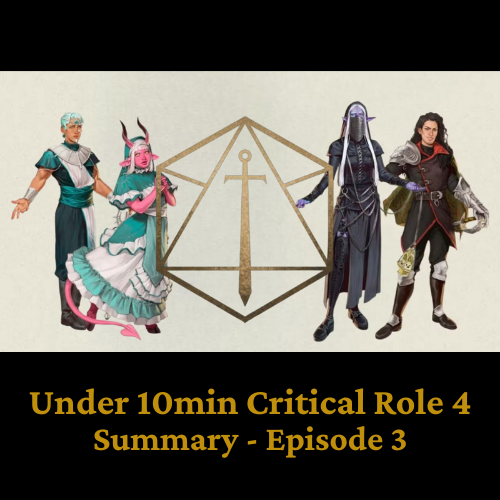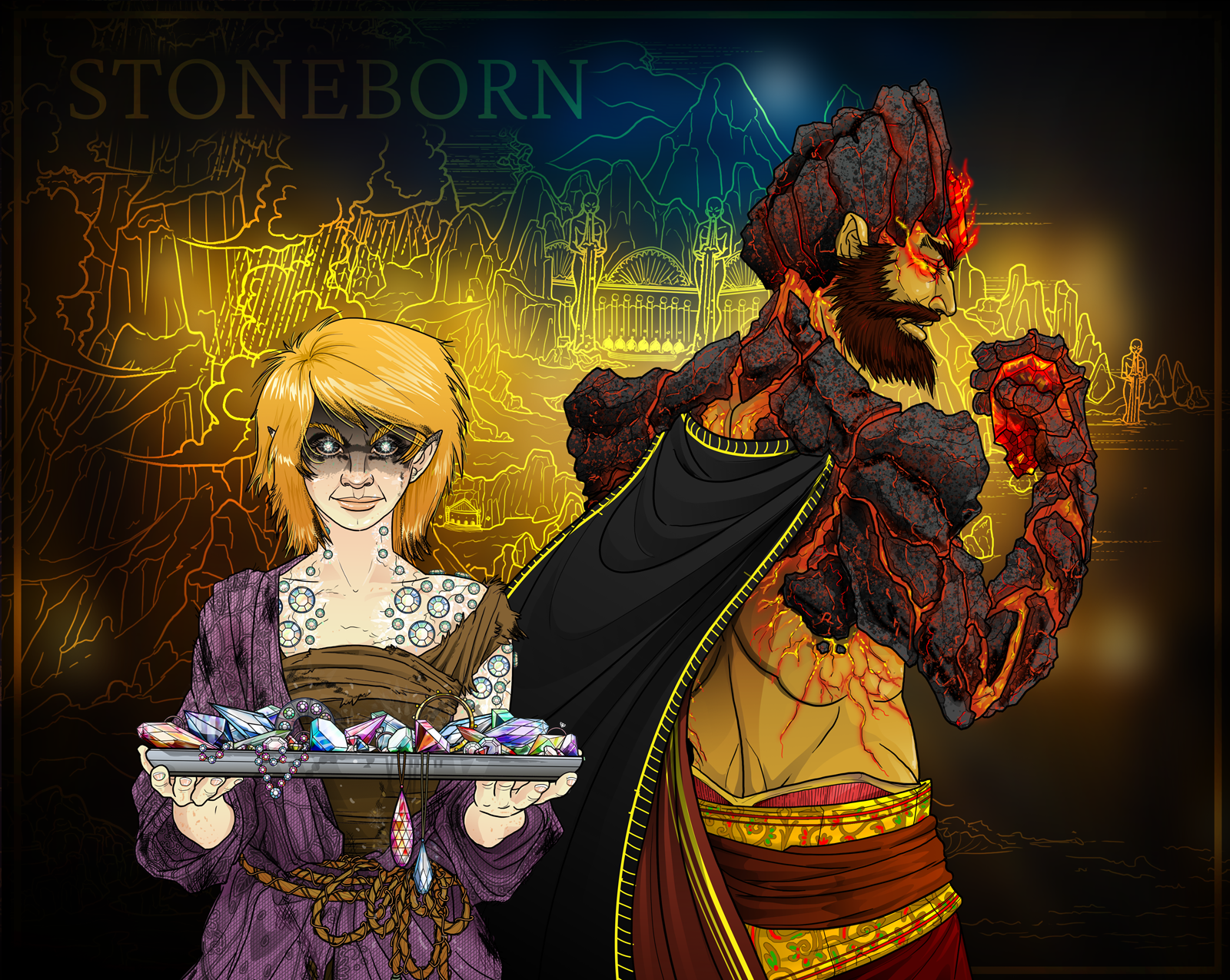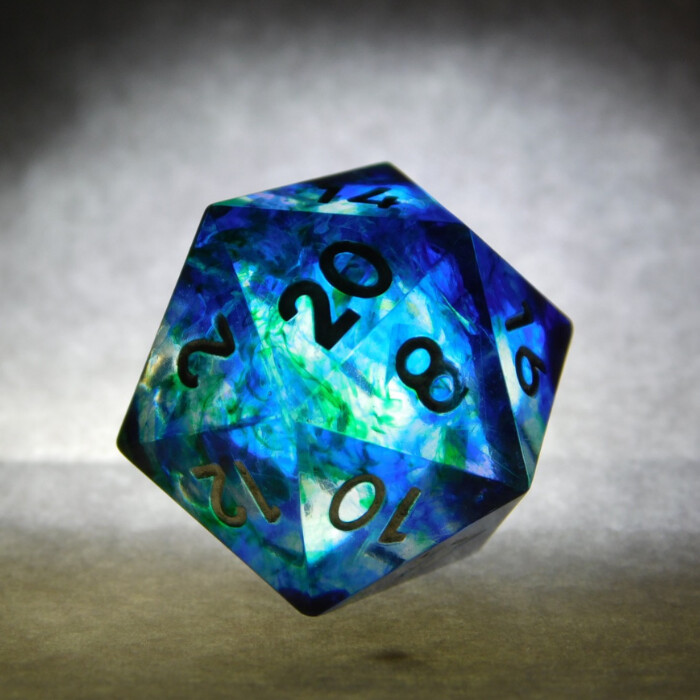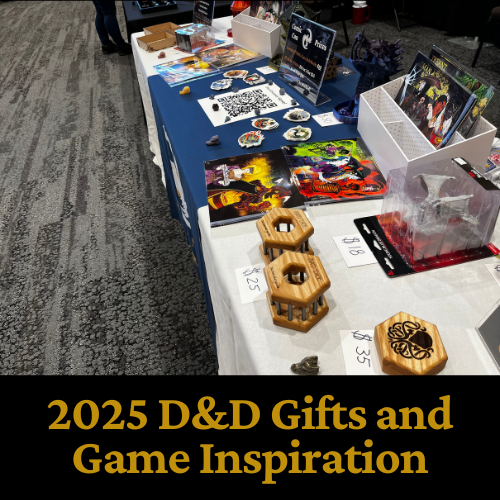D&D SRD 5.2 (Systems Reference Document) - Good for D&D Creators?
Transcribed content from our recent YouTube video: https://youtu.be/WN1eLH2y2R0
Transcription
SRD 5.2 is here, and it's more than just a rules update. Wizards just handed creators a brand new playbook, but not everyone's cheering.
Welcome back to Eternity TTRPG, your go-to source for all things D&D. Today we're diving into what's new in the SRD 5.2, why It's a big deal for third party creators and the spicy debates it's already sparked.
The SRD 5.2 officially dropped on April 22nd, and it's packed with content aligned with the 2025 core rule books. Think more feats, spells, monsters, and gear all ready for creators to use remix and sell under the Creative Commons. There's a couple things to touch on.
First, what does the SRD mean? The SRD is the systems reference document, and it is basically the base rules that creators can use from the D&D core rule books that align with all of the stats, monsters, things that exist in the game. And it's what allows creators to build content that's compatible with the D&D universe. So, whenever you hear the term SRD, it's the systems reference document - very important document that basically enables third party creators to even put together anything at all that fits within the D&D space.
The great news of the 5.2 SRD is that it continues the Creative Commons approach meaning that any creators - they own what they make. Wizards doesn't control the content. Creators just have to give credit and they're good to go.
But what about the stuff from the SRD 5.1 version that didn't survive the transition?
According to Wizards, anything missing got replaced by a functional equivalent.
But fans on the official D&D Beyond thread noticed some odd emissions. One user pointed out missing monsters like the Banshee and Flame skull, even though the equivalents exist in the prior rules. Another flagged the absence of dueling and protection fighting styles, calling it odd since those basics were already open in the SRD 5.1.
Wizard says the SRD will get updates when future errata drops. So, we might, for example, see a 5.2 0.1 version or a 5.2 0.2 and beyond. But as of now, these elements that have been missing from the previous version are just - they're just mysteriously absent.
We also have some spotlights from the community on some of their reactions. One user praised the move to Creative Commons for being far less restrictive and much easy to use. I agree with this. I think that anyone who is creating content within the D&D space, especially books, which is a lot of what's sold online - you want to own your property. It makes it far easier. All you have to do is mention and you don't have to give away everything that you've created.
Others have lamented that the SRD 5.2 doesn't support OGL content, which is the open gaming license content. They called the split from the D&D 2014 OGL a tragedy.
Some legal savvy users were also debating how will the Creative Commons license protects Wizards from bad actors. And apparently, the sort of collective response is it doesn't very much. But, it does let them say that, "Hey, it's not our fault," if something goes awry.
My take is that the SRD 5.2 opens major doors but it also locks a few behind the open gaming license. If you're a creator, it's probably time to start transitioning your content. But, keep an eye on what's missing and how future errata fills in the blanks.
So what about you? Are you jumping into the SRD 5.2 as a creator, or are you sticking with the old school OGL? And if you spotted anything weird or missing in the new SRD, drop it in the comments. If you're somebody who's creating in the space, we would really love to hear your take on it.
As we're starting to wrap up for today, we're gonna do some quick fire bonus round updates. There is currently no word yet on a non-English version of the SRD 5.2, but they're planned for a later date and the long requested return of sage advice is happening, but Q&A submissions aren't open yet.
Alright, everyone. That's your weekly scroll of D&D updates with Eternity TTRPG. We are going to be putting out short news content every week, maybe a couple times a week, where we're just summarizing for you what's happening in the D&D space so that you can jump on while you're going to work, grabbing a coffee, doing whatever it is you're doing. Maybe you know, you're just taking a break.
We're happy that you're jumping in here and joining us for a little bit of time. If you are loving or hating the SRD 5.2 sound off in the comments. We'd love to hear from all of you creators on your personal takes for things.
The last thing for today is what monsters spell or rule do you think must make it into the SRD update? Let us know. We can't wait to hear from you otherwise, we'll see you again very soon.
Dice, Dungeons, Games & More - Eternity TTRPG
Share This Article

Author - Jacob Tegtman
Dear reader, I hope you enjoyed this article. Tabletop gaming has been a passion of mine since I was 6 years old. I've played just about every game from Dungeons and Dragons to video games like Final Fantasy. These games have inspired me, made me laugh, made me cry, and brought me endless hours of enjoyment.
I started Eternity TTRPG - and the indie tabletop game that goes along with it (Eternity Shop) - to share my love of gaming with others. I believe that in our technology-driven age, tabletop games help bring a sense of magic and community back into our world.
If you love the site, please share it with others! I have lots of gaming-related material for you to peruse and use in your own gaming sessions. If you have any questions about the site or want to contribute, just send me a message using the "Contact" page, which you can find in the site's footer.
